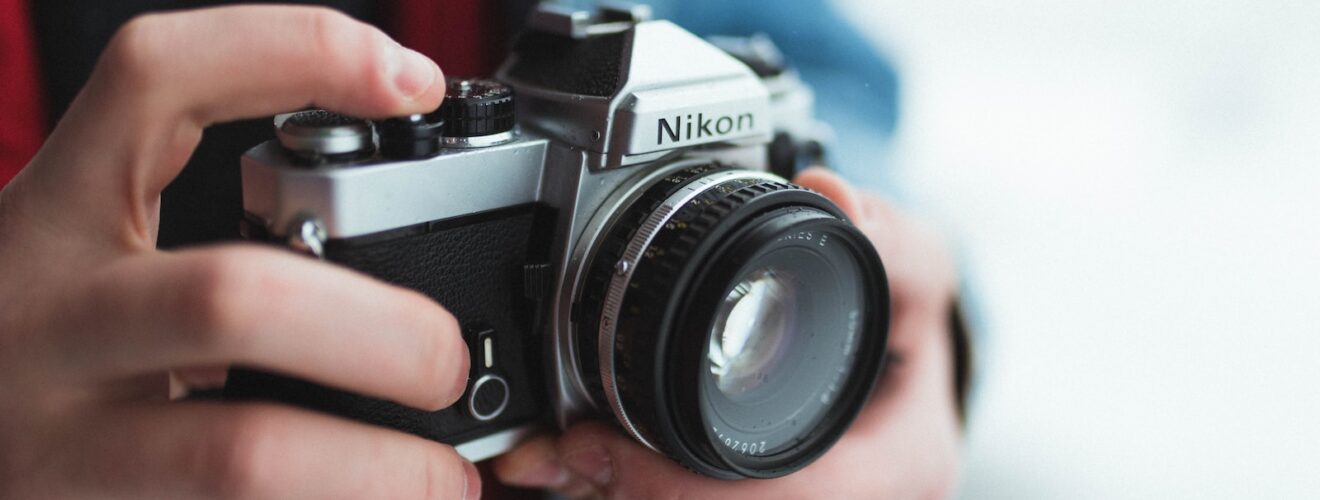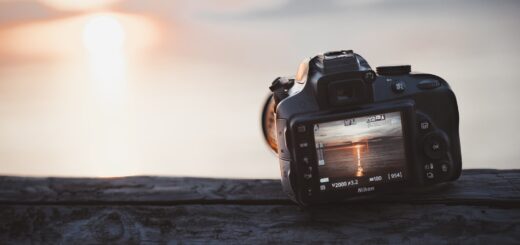Protective Lens Filters

Let’s discuss about protective lens filters, what to expect of them, and what are some points to look out for when using them to protect the front element of your lens.
What are protective lens filters?
Simply put, protective lens filters are round-shaped flat glass filters that you can screw into the front of your lens threads to protect it from the elements.
They do come in several names – some manufacturers just simply label them as protective lens filters or lens protectors, while there are some manufacturers who label them as UV filters.
In modern digital context, our digital image sensors are not as susceptible to UV interference as compared to analog film, so UV filters do act as protective filters this way.
How do they protect the lens?
Firstly, we need to manage some expectations about lens protection.
Protective lens filters cannot exactly protect the lens if it’s dropped or if an object strikes the front of the lens with a huge force – the filter will probably just crack in the case with its glass shards heading into the front element of the lens.
What they do protect, however, is against dust and water droplets from reaching the front element of your lens.
Having a protective filter in place also means that during regular cleaning or maintenance the filter is cleaned in place of the front element of your lens, preventing accidental scratching or damage to the coating or glass of the front element.
Are there any disadvantages?
One major disadvantage of using lens filters is the inherent problem of having ghosting flares appear in your images with strong light sources are in the frame.
As the lens filter adds a flat surface in front of your lens, no matter how good the manufacturers claim their anti-reflection coating to be, this additional air-glass surface will always have a chance to reproduce ghosting flares with strong light sources are present. The anti-reflection coating may reduce the impact or the extend of such flares, but ultimately if the flares prove to be an issue in a particular shot the only way is to remove the filter to take the shot.
Another problem comes with using low quality filters, in which case this would introduce slight distortion to the image due to uneven glass surface, or even lower the sharpness or contrast of the image if the glass does not have a high transmittance.
Should I use one?
This question has been hotly debated for a very long time now.
On one hand, using a protective lens filter gives you a peace of mind, as you do not have to worry about the lens so much during normal use and cleaning. Furthermore should any minor accidents happen and you damage or scratch the lens filter, it is easier and cheaper to replace the filter than to send the lens in for maintenance to replace the front element.
On the other hand, because of the disadvantages mentioned in the previous section, coupled with the fact that most front elements of modern lenses are tough and hard enough to withstand regular cleaning, there is also a significant amount of people who do not believe in using a protective lens filter as they want to extract as much image quality as possible from the bare lens.
So it really boils down to the individual – would you rather get a protective lens filter and have some ease of mind, or just use the lens bare at its maximum potential but be a bit more cautious when you use or clean it?
Personally I use protective lens filters on almost all of my lenses as a flat surface is just so much easier to clean.
Either way, just remember to manage your expectations – the protective lens filters do not magically make your lens bulletproof (or more specifically, drop-proof), and while they prevent water from hitting the front element, they are not water-sealed so they do not make your lens waterproof too.
Do I need to get an expensive one?
In the event you decide to go ahead and use a protective lens filter, you would have to decide what is your budget for the filter.
I would definitely steer clear of no-brand or unheard of brands when it comes to lens filters, as you do not know what glass they use and if the QC is good enough to have a perfectly flat surface.
Expensive lens filters normally come with many advances features such as water and oil repellency, anti static properties to reduce dust attraction, harder glass, better anti-reflection coatings etc.
However I don’t see the point of using very expensive filters on cheap lenses – in that case it might be just cheaper to replace the lens when problems happen to the front element.
My general very-loose-rule-of-thumb is to get a filter that is about 5%-10% of the lens value; so typically my more budget lenses have a simpler more basic protective filters, but my higher end lenses have better protective filters with more features so as to prevent loss of image quality as much as possible.
Some recommendations
Here are some lens filters that I have used or am still currently using, and I think they serve as a good point of reference for someone who’s looking for a protective lens filter.
Basic
- Nikon Neutral Clear (NC) filters – these are multi-coated lens filters with a very high transmittance index and clarity, and the glass is of a high quality that does not shift the color balance of your images.
Mid-Range
- Kenko Zeta L41 UV filters – these are UV filters that cut off UV light under 410nm, come in slim frames, and have advanced anti-reflection coatings (0.3% reflectance).
- Marumi DHG Super Lens Protect filters – these are multi-coated lens filters with very high transmittance index and clarity, and on top of that it comes with additional water- and oil-repellency coatings for easier maintenance.
High-End
- Nikon Arcrest Protection filters – Nikon’s high-end range of lens filters which uses the same glass they use in their lenses, coupled with advanced technologies to ensure perfect flatness of the glass filters. Comes with their special anti-reflection coatings (0.1% reflectance), and also boasts water- and oil-repellency coatings.








